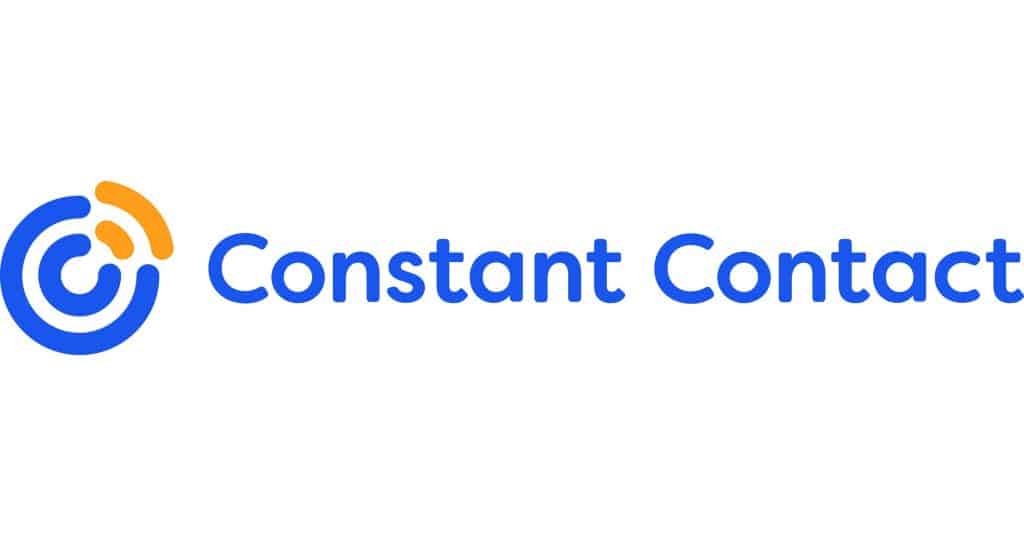Constant Contact, a leading email marketing SaaS, provides email, social media and event marketing tools to help small businesses grow their customer base.
Founded in 1995 by Randy Parker, the company recently expanded to offer SMS marketing services also. As of 2022, the company has raised a total funding of $423.2M
At SpotSaaS, we invited John Palange, a Senior Manager, Affiliate Marketing at Constant Contact, who has been associated with Constant Contact for almost 6 years, for our latest series #SaaSTalks.
Let’s deep dive into the growth story of Constant Contact and understand more about their affiliate sales model through a series of questions that John Palange answered for us!
1- How has your journey into the world of SaaS been so far?
Constant Contact has had a busy couple of years in this regard. We’ve made a number of investments in our own product offering, returning back to our roots and embracing the idea of customer centricity, and I think our recent acquisitions of Vision6 and SharpSpring send a pretty clear message of where we are in our SaaS journey and where we’re going.
2- What sets Constant Contact apart from an over-competitive market of email marketing SaaS?
Constant Contact has been around since the ‘90s and to this day is still one of the best-known digital marketing brands. There are countless reasons why we’re still thriving after 27 years, but I believe it boils down to two things:
1) We listen to our customers and want them to succeed
In our dedication to these two, we’ve worked hard to provide ALL of our customers with FREE Award-Winning Customer Support through live phone and chat, as well as an excellent Knowledge Base full of FAQs, video tutorials, and many other learning resources.
2) We’re committed to evolving as the industry evolves
I think my answer to the previous question highlights this a bit too; we listened when customers told us that CRM and SMS were desirable features, so we improved our product offering and also added to it by way of acquisition.
3- How do you test affiliate campaigns at Constant Contact?
I’m not sure there’s a single answer to this question. This really varies on the type of campaign we’re running or what we’re trying to achieve and learn.
For instance, when testing landing pages, running A/B tests with tools like Optimizely can be helpful, but when testing other things (externally), we often take a monitor + wait-and-see approach.
However, the most important piece of tests is not being afraid to fail. Just because something might not have worked in the past, it doesn’t mean we can’t test it again with new variables.
4- What parameters do you consider as a sign of success for a particular affiliate Campaign?
That seems like a straightforward question but I see the possibility of two very different answers; campaigns for managers seeking short-term wins vs those interested in long-term wins.
Short-Term Wins
Oftentimes, affiliate managers determine if a campaign is a win or a failure based solely on its cost efficiency and referral quality. In other words, finding the right balance between Cost-of-Acquisition (COA) and Average-Order-Value (AOV).
Too frequently, Affiliate Managers only focus on meeting their own program goals forgetting that affiliate marketing entirely is as much about performance as it is about relationships.
Long-Term Wins
It’s been my experience that a successful affiliate campaign means that everyone involved (the affiliate manager + the affiliate) is meeting their goals but in a sustainable way.
For instance, if I meet my COA and AOV goals but my affiliate misses their Earnings-Per-Click (EPC), Cost-Per-Lead (CPL), Cost-Per-Acquisition (CPA) aka Cost-Per-Sale (CPS) goals, well then the campaign is probably not going to be sustainable for my affiliate and therefore won’t have a chance to be successful for neither of us.
True, not every campaign is structured to run for a lengthy period, but that doesn’t mean affiliate managers don’t need to be concerned with running mutually beneficial campaigns. Not being aware of your affiliates’ goals and measurements of success is equally important as understanding your own.
5- Which 3 software do you use at your workplace & why?
I rely on Google Sheets, EditThisCookie, and SimilarWeb.
I love data and want as much as I can at my fingertips through Google Sheets. I maintain a single report daily but leverage the IMPORTRANGE function to update many other reports my team automatically, and I rely on.
EditThisCookie, among other things, allows me to validate cookies quickly.
SimilarWeb because it helps me understand our competitors and find new opportunities.
6- How do you see the evolution of email marketing?
As Omnichannel marketing and communication continue to grow in popularity and adoption, email marketing remains the most consistent, direct, and effective way to communicate with or sell to customers privately.
Businesses still under-utilised methods like SMS, so their growth will likely steal most of the buzz and headlines.
As a marketer, SMS is newer than email marketing and more exciting because it’s much less used.
As a consumer, I prefer email marketing for many reasons because I can manage my inbox more efficiently (with the use of folders and filters), and I don’t have to see every single spam message I receive (also due to folders/filters).
Until mobile devices evolve to emulate email inboxes, it’s difficult to see much-challenging email marketing as one of the most consistently vital roles in a business’ marketing strategy.
7- Any recommendations from your learnings to new professionals working in the SaaS industry at a similar profile like yours?
You will celebrate bigger wins more frequently when you help your affiliates win too.
Conclusion:
Listening to the end users’ views & moving ahead with the change of time is what makes products & businesses successful. According to John Palange, Email marketing & SMS marketing, when used in the right direction, can assist marketing teams in achieving desired results.
“Building affiliate programs & testing them is critical. Splitting success in the short term & long term with the end goal to help your affiliates win too is what makes an affiliate program strong.” – John Palange
Takeaway #1: While building a product, service, or business, listening to the customer is the key.
Takeaway #2: A successful affiliate campaign means everyone involved (the affiliate manager + the affiliate) is meeting their goals in a sustainable way.
Takeaway #3: While testing affiliate programs, not being afraid to fail is critical to evolving.
Learn About Constant Contract Pro Here
John Palange– Senior Manager, Affiliate Marketing at Constant Contact
Burlington, Massachusetts, United States
Read More Interesting Blogs With SpotSaaS




